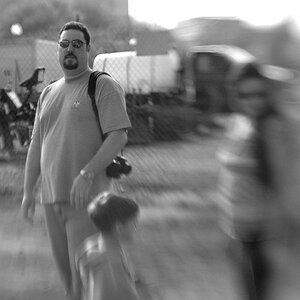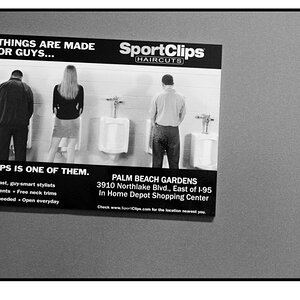tecboy
No longer a newbie, moving up!
- Joined
- Feb 17, 2012
- Messages
- 2,977
- Reaction score
- 358
- Can others edit my Photos
- Photos OK to edit
I thinking about getting this lens, EF 70-300mm f/4-5.6 IS USM. I notice my EF-S 55-250mm f/4-5.6 IS II is lagging in autofocus. It takes me a while to focus on a far away subject.
My my question is should I stay with my old lens and deal with it, or I should go ahead and buy a new lens just to make me happy?
My my question is should I stay with my old lens and deal with it, or I should go ahead and buy a new lens just to make me happy?


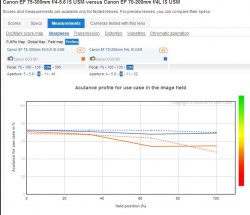

![[No title]](/data/xfmg/thumbnail/41/41764-1385c153e9fea917b7efea0bbde7eefe.jpg?1619739885)

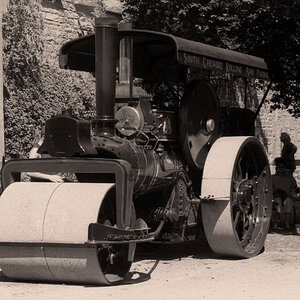

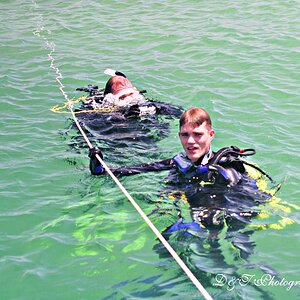
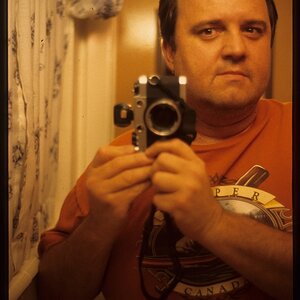
![[No title]](/data/xfmg/thumbnail/34/34119-711b53445c011079fb89b6f42682ed00.jpg?1619736289)

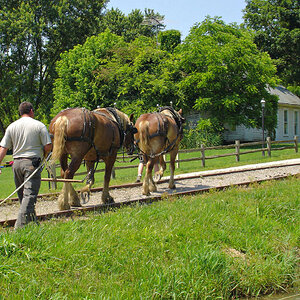
![[No title]](/data/xfmg/thumbnail/37/37603-739c5d9b541a083a12f2f30e45ca2b7b.jpg?1619738147)
